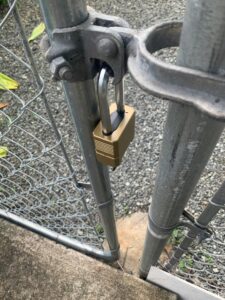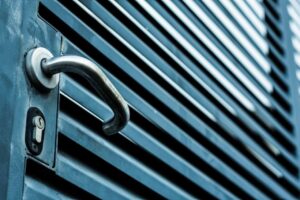Imagine stepping into a busy office lobby only to realize the doors are locked-and you don’t have the key. In the bustling world of commercial buildings, lockouts are more than just minor inconveniences; they can disrupt operations, create security concerns, and test everyone’s patience. Whether it’s an employee left outside after hours or a malfunctioning access system, knowing how to handle lockouts efficiently is essential for maintaining business flow and safety. This article explores practical steps and expert tips to navigate the unexpected challenge of commercial building lockouts with confidence and calm.
Table of Contents
- Understanding Common Causes of Lockouts in Commercial Buildings
- Assessing Immediate Steps to Regain Access Safely
- Choosing Professional Locksmith Services for Business Security
- Implementing Preventative Measures to Avoid Future Lockouts
- Developing an Emergency Lockout Response Plan for Your Team
- Q&A
- Final Thoughts
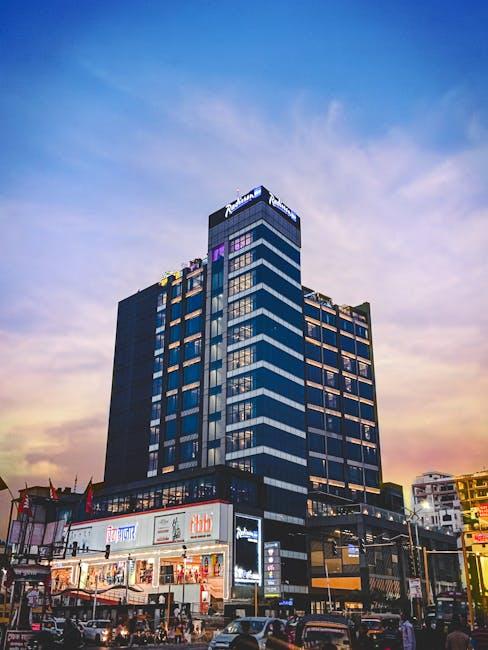
Understanding Common Causes of Lockouts in Commercial Buildings
Lockouts in commercial buildings often stem from a variety of everyday mishaps and system failures. One of the most common causes includes forgotten or lost keys, which might seem trivial but can halt entire office operations. Another frequent issue is electronic lock malfunctions due to dead batteries or software glitches, especially in buildings that rely heavily on smart access systems. Additionally, access cards can become deactivated or demagnetized, and keypad codes might be entered incorrectly multiple times, triggering security lockouts designed to protect against unauthorized entry.
Understanding these triggers can help facility managers and employees prevent lockouts and mitigate their impact swiftly. Here are some notable contributors to lockouts:
- Human error: Misplacing keys or access cards, forgetting codes.
- Technology faults: Battery drainage, system errors in electronic locks.
- Maintenance issues: Worn-out mechanical components or delayed repairs.
- Security protocols: Lockout after multiple incorrect attempts.
| Cause | Effect | Prevention Tip |
|---|---|---|
| Lost Key | Complete lockout | Implement secure key management |
| Dead Battery | Failure of electronic access | Schedule regular battery checks |
| Failed Code Entry | Security lockout | Provide code reminders and training |
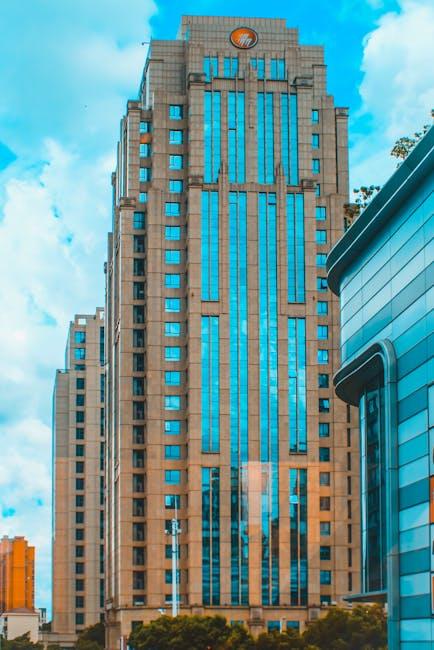
Assessing Immediate Steps to Regain Access Safely
When you find yourself locked out of a commercial building, the first priority is to remain calm and assess your surroundings. Rushing or forcing entry can lead to damage or safety risks, so it’s essential to take measured steps. Start by checking for any alternative access points such as secondary doors, emergency exits (only if authorized), or nearby reception areas where you can seek assistance. If your building has a concierge or 24/7 security personnel, they can be a valuable resource to help you regain entry swiftly and without incident.
Before calling a locksmith, verify that you have all necessary identification and authorizations ready to expedite the process. It’s also wise to consider the time of day and level of urgency; for example, after-hours lockouts might require emergency locksmith services, while daytime incidents may be resolved with onsite property management. The table below highlights some immediate actions to consider and their optimal use cases:
| Immediate Action | Best Scenario | Notes |
|---|---|---|
| Contact Building Management | During business hours | They may have spare keys or access codes |
| Use Authorized Emergency Exit | Emergency situations only | Ensure emergency protocols are followed |
| Call Professional Locksmith | After hours or no management availability | Verify credentials before service |
| Check Entry Systems | Access via keycard or keypad | Attempt troubleshooting or reset options |
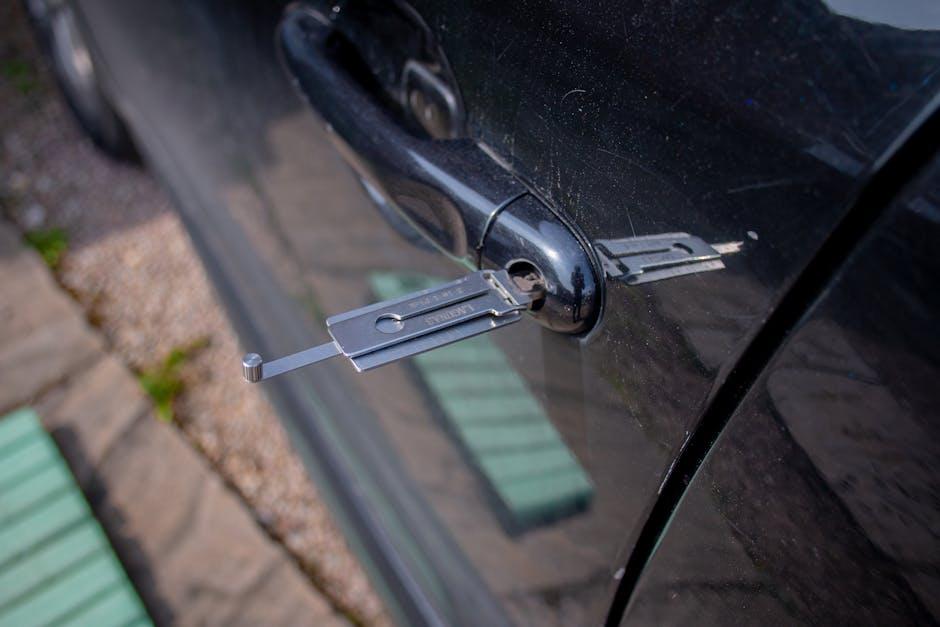
Choosing Professional Locksmith Services for Business Security
When securing your business, aligning with seasoned locksmiths guarantees both immediate solutions and lasting protection. Professional locksmiths possess the expertise to evaluate your commercial property’s unique vulnerabilities and suggest tailored security measures, from high-security locks to advanced access control systems. Their in-depth knowledge means they can install, repair, or upgrade locks efficiently, minimizing downtime and safeguarding your assets against potential threats.
Benefits of hiring professional locksmiths include:
- Expert assessment of existing security systems
- Access to specialized, commercial-grade hardware
- Emergency lockout response with minimal disruption
- Maintenance plans to prevent future issues and enhance durability
| Service Type | Commercial Advantage |
|---|---|
| Lock Installation | Custom-fit for high-traffic use |
| Access Control Setup | Restricted entry zones for sensitive areas |
| Emergency Lockouts | Fast response minimizing business disruption |
| Routine Maintenance | Prolongs lock lifespan and security integrity |
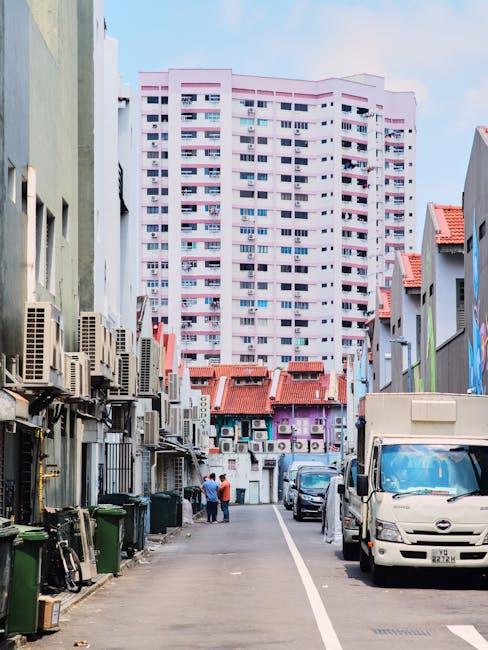
Implementing Preventative Measures to Avoid Future Lockouts
To drastically reduce the risk of lockouts, establishing a robust security protocol is essential. Commercial buildings should implement a comprehensive key management system that combines both traditional and advanced technologies. Key points to prioritize include:
- Regular Key Audits: Schedule periodic reviews of all keys and access cards to ensure accurate records and accountability.
- Electronic Access Control: Utilize smart locks or card readers that allow easy revocation or issuance of access privileges without physical key replacements.
- Employee Training: Educate staff on proper key usage and emergency procedures to minimize mishandling and accidental lockouts.
| Preventative Measure | Benefits | Implementation Timeline |
|---|---|---|
| Smart Lock Installation | Remote access control, instant reprogramming | 1-2 weeks |
| Key Inventory Management | Better key accountability and security tracking | Ongoing |
| Emergency Lockout Drills | Preparedness, reduced panic during actual events | Quarterly |

Developing an Emergency Lockout Response Plan for Your Team
When a lockout occurs in your commercial building, having a clear, practiced plan is crucial to minimize downtime and ensure everyone’s safety. Start by designating a lockdown point person or team responsible for managing the situation, including contacting locksmiths and communicating updates. Equip your team with a checklist that includes steps such as securing the affected area, verifying personnel whereabouts, and activating emergency communication protocols. This organized approach streamlines incident management and reduces panic during unexpected lockouts.
Training your staff regularly on lockout scenarios builds confidence and readiness. Incorporate role-playing exercises that cover various situations, from lost keys to electronic access system failures. Keep essential emergency contacts and backup access tools readily accessible for quick deployment. Below is a simple table outlining key responsibilities to delegate within your emergency response plan:
| Team Role | Primary Responsibility | Backup Contact |
|---|---|---|
| Lockout Coordinator | Manage the lockout response and communication | Assistant Manager |
| Security Liaison | Secure premises and monitor access points | Security Supervisor |
| Technical Support | Coordinate with locksmiths or IT teams for system overrides | Maintenance Lead |
Q&A
Q&A: Lockouts in Commercial Buildings – What to Do
Q1: What exactly is a lockout in a commercial building?
A lockout in a commercial building occurs when authorized personnel are inadvertently or intentionally prevented from accessing specific areas or the entire premises due to locked doors or security systems. This can happen due to lost keys, malfunctioning locks, or security protocols activated during emergencies.
Q2: Why do lockouts in commercial buildings happen so frequently?
Lockouts often result from human error, such as misplaced keys or forgotten access codes. They can also stem from technological glitches in electronic security systems, unexpected power failures, or proactive safety measures like lockdowns during emergencies.
Q3: What immediate steps should I take if I find myself locked out of a commercial building?
First, remain calm and assess the situation. Verify that you have the right credentials or keys with you. Then, contact your building manager or security team. If those options are unavailable, reach out to a licensed locksmith experienced in commercial properties to avoid causing damage.
Q4: Can I attempt to unlock the door myself?
It’s generally not recommended. Commercial locks can be complex and tamper-proof by design, and improper handling could lead to expensive repairs or compromised security. Always rely on professionals unless trained to handle such equipment.
Q5: How can businesses prevent lockouts from occurring?
Prevention starts with a robust key management system – tracking keys and access codes diligently. Using electronic access controls with backup power supplies reduces dependency on physical keys. Regular maintenance of locks and staff training also significantly lower lockout risks.
Q6: What role do smart lock technologies play in managing lockouts?
Smart locks offer remote access control and real-time monitoring, allowing managers to grant or revoke entry without physical keys. Many systems include emergency override options that facilitate quick resolution during lockouts, minimizing downtime and security risks.
Q7: Are there legal considerations related to lockouts in commercial buildings?
Yes. Unauthorized entry, even during a lockout, can lead to legal complications. Additionally, tenants and employers should be aware of lease agreements and labor laws that may stipulate responsibilities and rights regarding access to premises.
Q8: How important is having an emergency lockout plan?
Extremely important. An emergency lockout plan ensures all staff know whom to contact, how to maintain security, and procedures for gaining access quickly. This preparedness minimizes disruption to business operations and mitigates potential safety hazards.
Q9: What should building managers include in their lockout protocols?
Protocols should outline key and access code distribution policies, emergency contact lists, approved locksmith vendor information, and steps for verifying identities during lockouts. Regular drills and updates ensure these protocols remain effective and understood.
Q10: Can insurance cover damages or losses resulting from a lockout?
Coverage depends on the policy specifics. Some commercial property insurance plans may cover locksmith fees or losses incurred due to forced entry damages. It’s advisable to review insurance policies carefully and discuss potential lockout scenarios with your provider.
Lockouts in commercial buildings, while inconvenient, are manageable with the right knowledge and preparedness. By understanding how to respond and implementing preventive measures, businesses can keep their operations secure and running smoothly.
Final Thoughts
In the unpredictable rhythm of daily life, lockouts in commercial buildings serve as unwelcome pauses-moments that test our preparedness and patience. Yet, with the right knowledge and a calm approach, these interruptions need not derail your day or dampen your business momentum. Whether through quick thinking, reliable locksmith support, or proactive security measures, turning a lockout from a crisis into a manageable hiccup is entirely within reach. So, when those doors refuse to budge, remember: every lock has a key, and every lockout, a solution waiting to be found.




